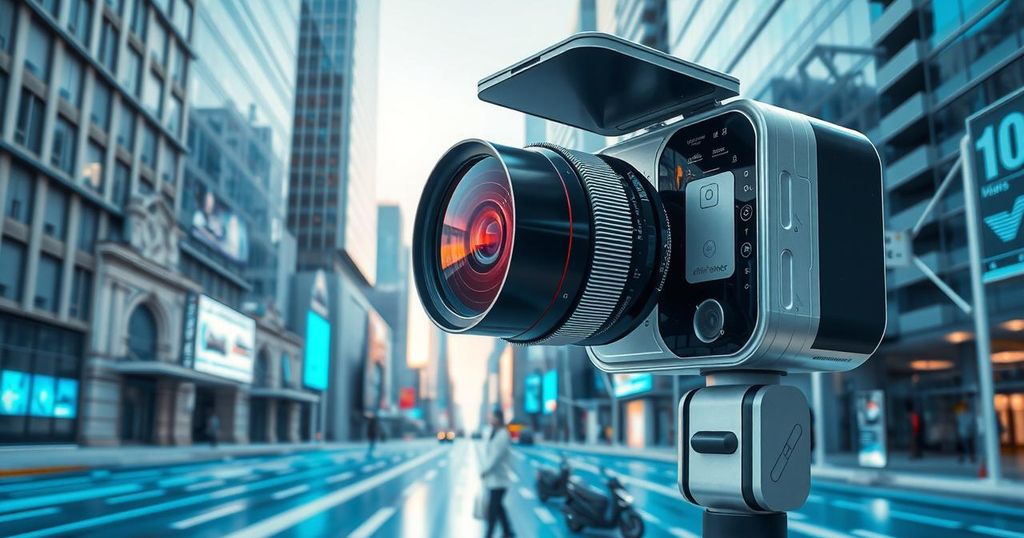AI Camera Market Set to Soar Between 2024-2034
The AI camera market is predicted to grow at a 14.1% CAGR from 2024-2034, driven by digital transformations, investments in AI, IoT, and 5G. Applications span smart surveillance, retail analytics, and automotive solutions, with key players like AV Costar and Canon leading the charge.
The AI camera market is gearing up for substantial growth, forecasted to rise at a whopping 14.1% CAGR from 2024 to 2034. This uptick in market size is largely driven by the quick digital transformations we’re seeing globally, along with major investments flowing into areas like IoT cameras and the expansion of 5G infrastructure. As cities become smarter, AI cameras are stepping into the spotlight.
At the core of this growth are AI cameras themselves, which bring together a compelling mix of machine learning, deep learning, and computer vision. They provide intelligent real-time image processing that’s useful in sectors ranging from security to healthcare, retail, and even industrial automation. An increase in smart city initiatives and improvements in edge computing are also playing a big role.
A few standout trends are emerging in the market. One is the rising use of AI cameras in smart surveillance systems. Governments and businesses are tapping into these technologies for real-time threat detection and automated monitoring, a very timely need. In retail, AI cameras are transforming in-store experiences by tracking customer behavior to optimize layouts—talk about retail dynamics!
Moreover, AI cameras are becoming crucial for automotive AI vision. They’re at the heart of innovations for self-driving cars, driver monitoring systems, and traffic management solutions, making the roads safer, one image at a time. With cloud and edge computing now a standard, cameras with IoT connectivity are starting to gain a foothold in the market.
Notably, major players in the AI camera landscape include AV Costar, Axis Communications, and Honeywell, among others. Each of these companies is making strides with innovative technologies that keep pushing the boundaries of what these cameras can achieve. The list of competitors is dynamic, which makes it a thrilling space to watch.
Regionally, North America takes the lead due to its high adoption rates of AI in security and smart home applications. However, Asia Pacific is not lagging behind, with a flurry of government investments in smart city projects and a wave of smartphone penetration fueling growth. Meanwhile, Europe maintains a steady pace, especially in enterprise surveillance and automotive sectors.
Looking ahead, the future of the AI camera market seems bright, driven by ongoing advancements and an increasing demand for smart security. As innovation continues, emerging trends like AI-driven edge processing and 3D vision technology will further shape what’s possible in this space. It’s a landscape that’s rapidly evolving, holding our curiosity at every turn.
For a deeper dive into this market, you can grab a sample report [here](https://www.transparencymarketresearch.com/sample/sample.php?flag=S&rep_id=86009) or access the full report [here](https://www.transparencymarketresearch.com/artificial-intelligence-camera-market.html).
In summary, the AI camera market is set for a significant leap between 2024 and 2034, driven by digital transformation and investment in technology. Trends like smart surveillance and AI in automotive applications are reshaping various sectors, while key players continue to innovate. With regions like North America and Asia Pacific at the forefront, this sector is one to watch in the coming years.
Original Source: www.openpr.com




Post Comment